Fashion in cinema and the columns of the 70s
- Elisa Nori

- Sep 17, 2022
- 5 min read
After the summer, the great return of the list of recommended films is really necessary and this time the 70s are the protagonists, considered one of the best fashion decades of all time; full of free aesthetic choice and personal taste, the word that represents them is "experimentation".
Films and commercials speak of a cleared sexuality, faced with provocation and play.
Unisex fashion takes over and the boundaries between masculine and feminine are redefined.
The modesty and shyness that characterized the 50s are very distant.
Glam rock is a sure springboard for those who want to openly dare with gender identity and the hedonistic spirit of rock stars underlines even more the motto "sex, drug & rock'n'roll"; they become real idols of the masses and models to follow...Marc Bolan and David Bowie are the best example.
The main feature of this style is to amaze, also carried forward by not strictly glam rock artists such as Rod Stewart, Iggy Pop, Elton John, Freddie Mercury, The Rolling Stones.
At the same time everything that is ethnic begins to attract a particular interest and in fashion distant countries, consequently the customs of the peoples, are the object of inspiration; the values of peace and brotherhood mix with a rebellious nature, inclined to challenge and re-evaluate one's individuality.
Disco music with its eccentric, glittering and unscrupulous garments becomes a point of reference but never like the garment par excellence of this decade, i.e. flared trousers; The absolute film to represent all of this is Saturday Night Fever by John Badham, who deals on screen with cultural issues from racism to drugs, from emigration to sexual violence.
In contrast to the Vietnam war, the flower children communicate a clear message of love and freedom, through their outfits mix of cultures, travels and contaminations: Mexican blouses, tie dye shirts, ponchos, crochet lace embroidered tops and handcrafted ornaments /natural as stones, feathers, Indian beads, shells, wood and leather; to seal even more the hope of a better world the publication in recent years of the video of Imagine, a piece of music by John Lennon, which has become a real hymn of hope.
Fashion ranks first as the main channel for freeing ourselves from the canons imposed by society, because there is nothing more immediate to represent our ideas than what we wear.
Jeans begin an extraordinary ascent becoming a must for both comfort and wearability; the trousers are palazzo and with a high waist, no less eccentric and aggressive are the footwear where the plateu proves to be indispensable.
Fur jackets, pearl earrings, turbans and very high wedge boots reach a popularity never seen before.
Self-confident and dominant women begin to wear the blazer, the typically masculine double-breasted jacket with metal buttons and it was Yves Saint Laurent who launched the model for women but not only: the pantsuit, tuxedo, trench coat, knickerbockers (wide trousers, gathered and tucked under the knees, in the Russian style); Catherine Deneuve, Liza Minnelli and Bianca Jagger adopted these creations thanks to their elegant androgynous charge.
Another iconic garment of this decade is the maxi dress, declined in many versions; skirts are flounced and wide, thus making maxi lengths come back by popular demand.
A 30s revival takes place in the second half of the 70s with abysmal necklines on the back, transparencies, the rediscovery of lurex and lamè; the same fate occurs in fashion photography with the rediscovery of black and white.
A similar fate for the T-shirt, which since the middle of the decade has been recognized as an item of clothing and not just more intimate, with slogans and elaborate designs to show off.
In the world of cinema and entertainment, Anita Pallenberg, Françoise Hardy, Brigitte Bardot, Priscilla Presley, Jane Fonda, Farrah Fawcett stand out for having contributed to setting trends and the latter to launch the fashion of the one-piece swimsuit with plunging neckline and high cut on the legs.
Not least in Italy are Ornella Muti, Eleonora Giorgi, Gloria Guida, Laura Antonelli, Barbara Bouchet, Edwige Fenech, Malisa Longo, Nadia Cassini, Stefania Sandrelli, Monica Vitti, Claudia Cardinale.
Among the stylists, Diane von Furstenburg, Vivienne Westwood, Roy Halston Frowick, Emilio Pucci, Stephen Burrows, Thea Porter stand out for having opened many paths, which still influence fashion today.
Diane von Furstenburg becomes a fashion empire and a true symbol of the 70s, thanks to the silk jersey wrap dress; available in a small range of prints, the dress had sold over 5 million times by 1976.
The influence of punk rock on American and English fashion comes from Vivienne Westwood, who designs clothes for Malcolm McLaren, boyfriend and manager of the punk rock group Sex Pistols and for her boutique on King's Road in London called Sex.
Roy Halston Frowick, creates popular clothes worn on dance floors; Having become accessible to the masses, his clothes are worn in recent years both by celebrity regulars at Studio 54 in New York City, but also by people outside the industry.
Emilio Pucci creates models worn by all the glamorous celebrities of the 70s, from Sophia Loren to Jackie Kennedy; bright prints of dresses, silk jersey blouses and the famous "Pucci" skintight shantung trousers make him one of the most acclaimed designers for his geometric prints and variety of colors.
Stephen Burrows popularized color blocking in the 1970s by selling his designs internationally, primarily born for the New York disco and dance scene.
Thea Porter has translated her passion for multicultural experiences into her models; her extensive collection of fabrics from her travels and a Middle Eastern import shop in London were the beginning of her career as a designer; caftans and maxi dresses are made with ancient materials such as chiffon, brocade, voile and velvet.
The costume, in film staging, has a fundamental role.
It is not a mere decorative accessory that dresses the actor or actress, but an additional and determining element of the story; it is not made up of fabric alone, but, as a filmed dress, of details, angles, lights. What is even more complex is that it is not a question of making something strictly beautiful or ugly, but of dressing a personality.
The character's way of dressing informs us about his state and his character and if a character enters the scene without the viewer being able to understand something about him, the costume has failed and the author's task has not been fulfilled.
So you understand how important it is to recall how much we owe to the great stylists and costume designers who have contributed to the creation and production of films that have perfectly told us how fashion and cinema live one in the other.
In a period full of intense and engaging contradictions, directors such as Francis Ford Coppola, Martin Scorsese, George Lucas, Woody Allen, Terrence Malick and Robert Altman emerge and in Italy Federico Fellini, Dino Risi, Ettore Scola, Mario Monicelli.
The diverse and daring 70s remind us how excesses, contrasts and opposite extremes are also represented in this decade by feature films that have transformed and fortified the story of two coexisting universes, making them once again without equal.

Airport (1970) DIRECTED BY GEORGE SEATON
ORIGINAL TITLE: ---

Arancia meccanica (1971) DIRECTED BY STANLEY KUBRICK
ORIGINAL TITLE: A CLOCKWORK ORANGE

Pomi d'ottone e manici di scopa (1971) DIRECTED BY ROBERT STEVENSON
ORIGINAL TITLE: BEDKNOBS AND BROOMSTICKS

Il Padrino (1972) DIRECTED BY FRANCIS FORD COPPOLA
ORIGINAL TITLE: THE GODFATHER

La stangata (1973) DIRECTED BY GEORGE ROY HILL
ORIGINAL TITLE: THE STING

Amarcord (1973) DIRECTED BY FEDERICO FELLINI
ORIGINAL TITLE: ---

Il Padrino - Parte II (1974) DIRECTED BY FRANCIS FORD COPPOLA
ORIGINAL TITLE: THE GODFATHER - PART II
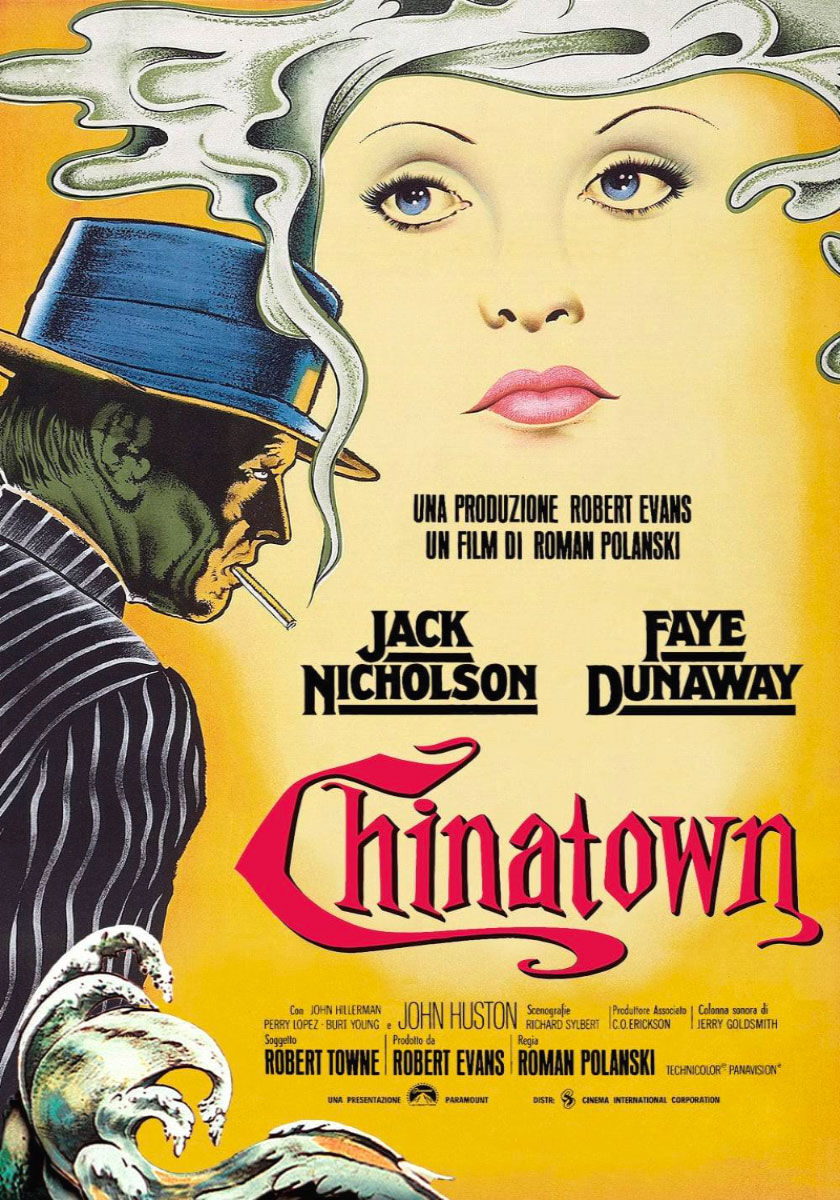
Chinatown (1974) DIRECTED BY ROMAN POLANSKI
ORIGINAL TITLE: ---

Barry Lyndon (1975) DIRECTED BY STANLEY KUBRICK
ORIGINAL TITLE: ---

Il Casanova (1976) DIRECTED BY FEDERICO FELLINI
ORIGINAL TITLE: ---

Guerre stellari (1977) DIRECTED BY GEORGE LUCAS
ORIGINAL TITLE: STAR WARS
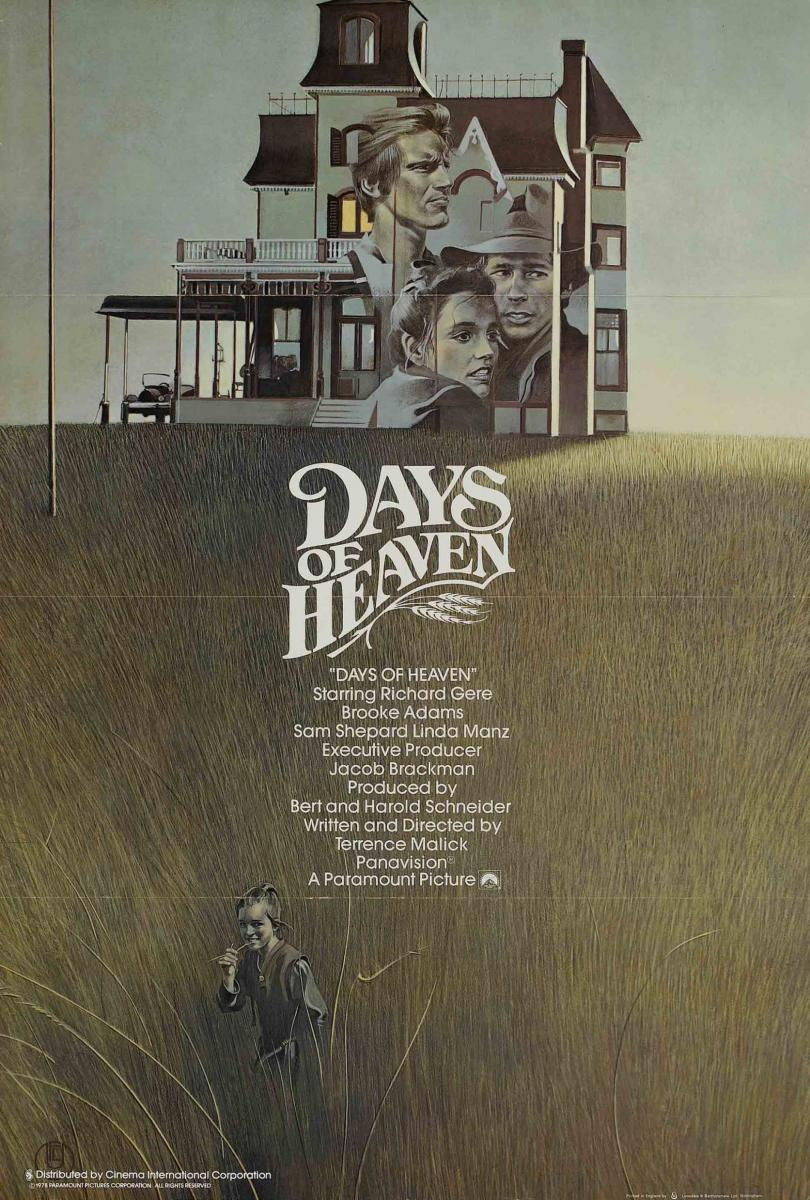
I giorni del cielo (1978) DIRECTED BY TERRENCE MALICK
ORIGINAL TITLE: DAYS OF HEAVEN

Grease (1978) DIRECTED BY RANDAL KLEISER
ORIGINAL TITLE: ---
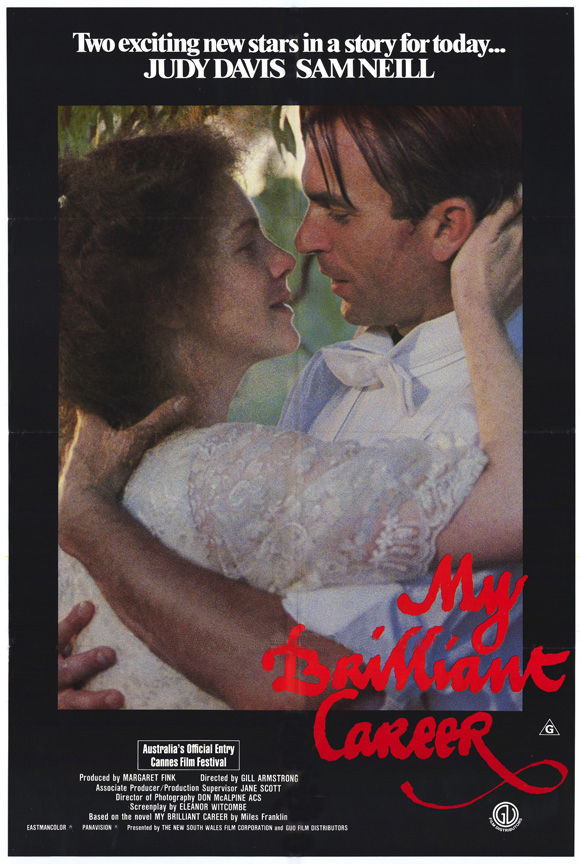
La mia brillante carriera (1979) DIRECTED BY GILLIAN ARMSTRONG
ORIGINAL TITLE: MY BRILLIANT CAREER

Lo spettacolo continua (1979) DIRECTED BY BOB FOSSE
ORIGINAL TITLE: ALL THAT JAZZ





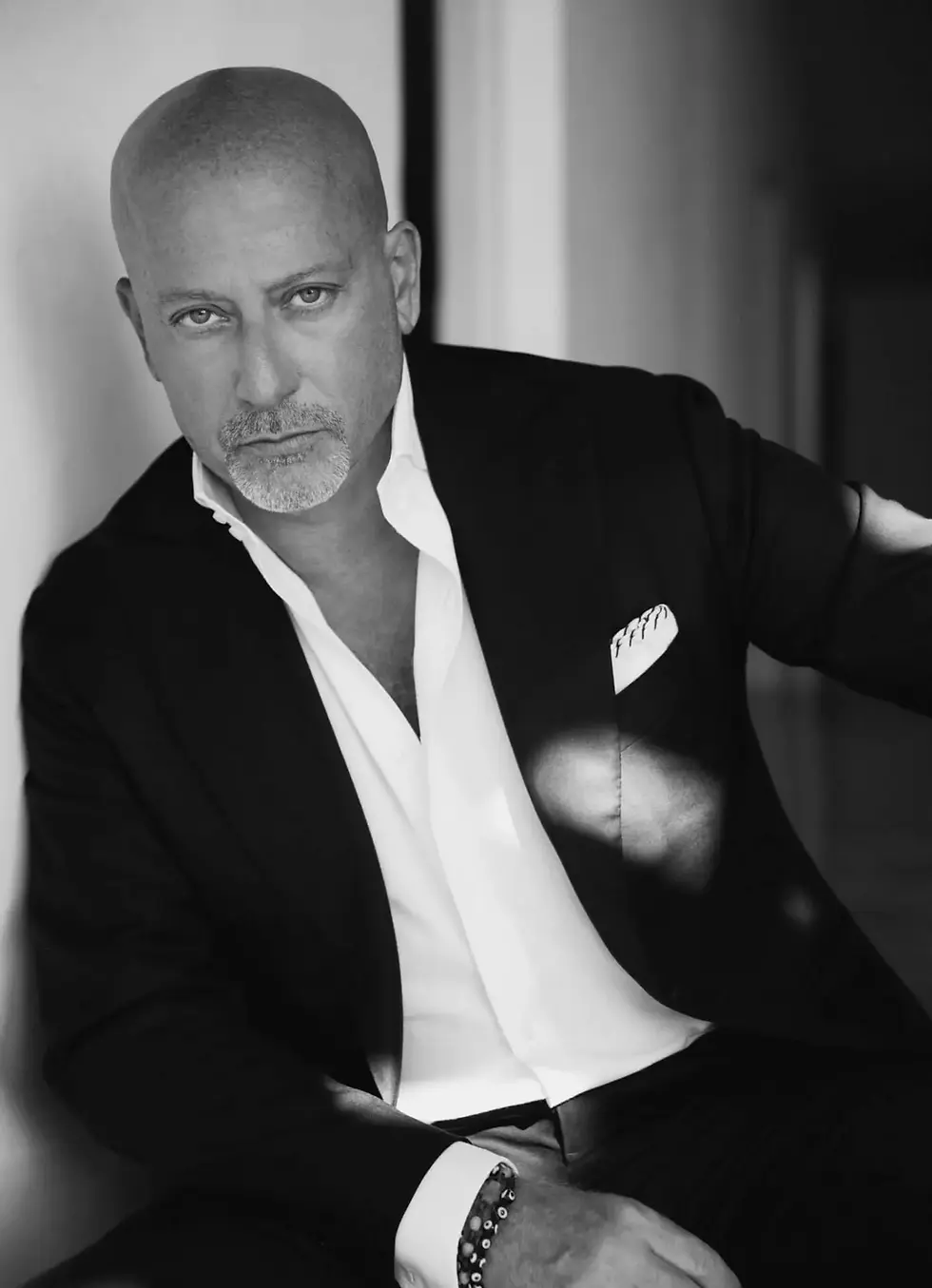

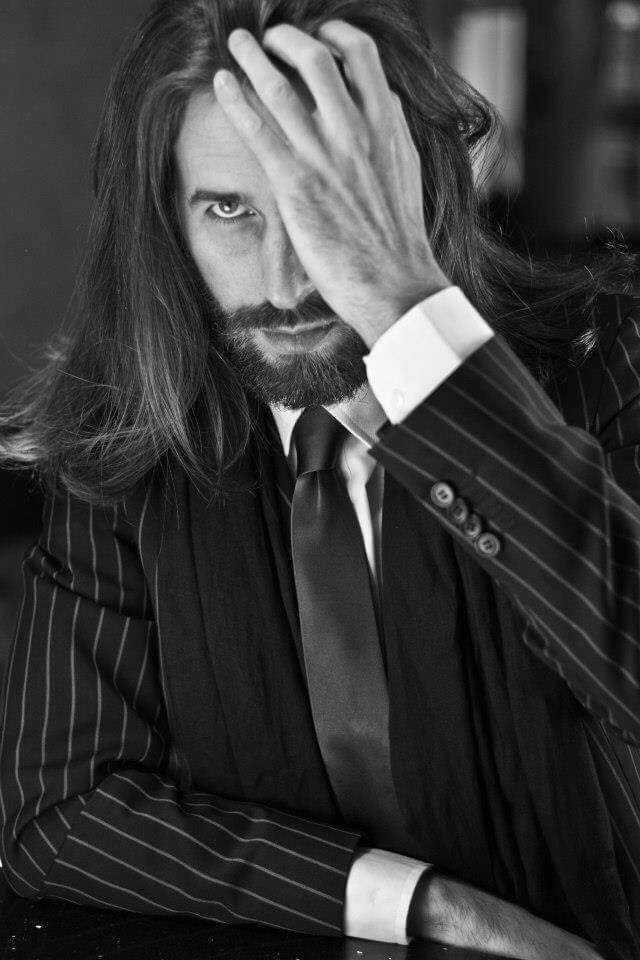
Comments